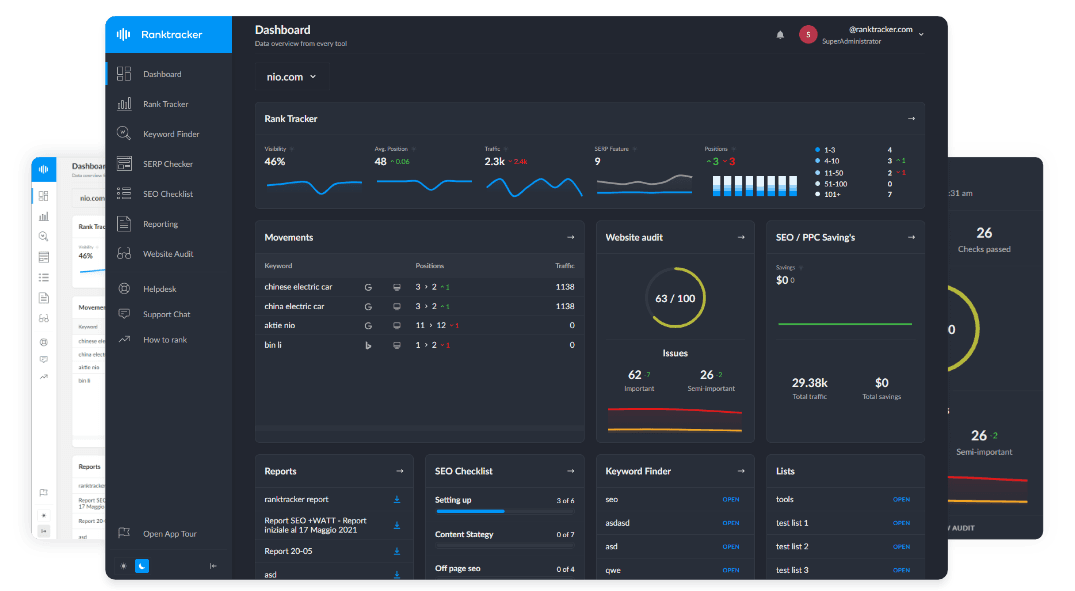Intro
Google has made significant updates to its Search Quality Rater Guidelines, marking the first major revision since March. These updates provide a clearer picture of what Google considers high-quality content and how it evaluates search results. While these guidelines don’t directly influence rankings, they are an essential resource for SEO professionals and content creators who want to stay ahead in a competitive digital landscape.
Let’s dive into the updates and what they mean for you.
Key Changes in the Guidelines
1. AI Content Gets a Formal Definition
Google has officially added a definition for generative AI, acknowledging its growing use in content creation. The definition reads:
“[Generative AI](/blog/demystifying-gen-ai-a-beginners-guide-to-understanding-generative-ai/) is a type of machine learning (ML) model that can take what it has learned from examples to create new content, such as text, images, music, and code.”
This update confirms that AI-generated content is allowed, but it must meet specific standards. Content created with AI tools should provide unique value and not merely replicate or rephrase existing information. This reflects Google’s push to ensure content serves users rather than just meeting SEO requirements.
2. New Spam Types Identified
Google has highlighted three specific forms of spam:
Expired Domain Abuse
Using expired domains to host low-value content purely to leverage the domain’s existing reputation.
Site Reputation Abuse
Exploiting reputable host sites by publishing low-quality third-party content to benefit from their established ranking signals.
Scaled Content Abuse
Using automated tools, including generative AI, to mass-produce low-quality content that doesn’t provide meaningful value compared to other resources on the web.
These spam practices reveal Google’s focus on rewarding authentic content over manipulative SEO tactics. If your strategy includes exploiting domain authority or using AI to churn out content quickly, it’s time to reconsider.
3. Spotting Poor AI-Generated Content
Google has provided examples of what it considers poorly executed AI content. Pages that lack originality, contain generic or incomplete sentences, or provide no real value to users will be flagged as "Lowest Quality."
For example, a page that starts with “As a language model, I don’t have real-time data…” or one that ends mid-sentence signals a lack of human oversight. This highlights the need for manual review and refinement when using AI tools for content creation.
4. Ad Blocker Requirements for Raters
Google now requires its quality raters to disable ad blockers when evaluating web pages. This ensures that raters can assess the full user experience, including ads, pop-ups, and other interactive elements.
This change emphasizes the importance of how ads and content coexist on your site. If ads are intrusive or disruptive, it could negatively impact user experience and, in turn, your site’s perceived quality.
Implications for SEO Professionals and Content Creators
AI is a Tool, Not a Replacement
AI tools can streamline the content creation process, but over-reliance on them can lead to low-quality outputs. Use AI to assist with research or drafting but ensure the final content is polished, accurate, and valuable to your audience.
Focus on Quality Over Quantity
Google’s focus remains on high-quality content that provides real value. Avoid mass-producing content just to fill your website or rank for more keywords. Invest time and effort into creating well-researched, detailed, and user-focused articles.
Optimize User Experience
Your content should be easy to read and navigate. Ads, if present, should not interfere with the user’s ability to access information. Test your site with ad blockers both enabled and disabled to ensure it provides a seamless experience in all scenarios.
Handle YMYL Topics With Care
For "Your Money or Your Life" (YMYL) topics like health, finance, or legal advice, accuracy is non-negotiable. Use credible sources, include expert input, and ensure your content builds trust with readers.
Practical Tips to Align With Google’s Guidelines
-
Focus on Value Always ask yourself: Does this content solve a problem, answer a question, or fulfill a need for my audience? If not, go back to the drawing board. \
-
Use AI to Enhance, Not Replace AI can help with ideation and efficiency, but human oversight is essential. Review all AI-generated content to ensure it meets quality standards. \
-
Keep the User Experience in Mind Your site should be easy to navigate, visually appealing, and free of intrusive ads. A good user experience goes a long way in building trust with your audience and Google. \
-
Stay Updated Google’s guidelines will continue to evolve. Keep learning and adapting your strategies to stay ahead of the curve. \
-
Be Transparent When discussing sensitive topics, provide clear, well-sourced, and transparent information. Demonstrating expertise and credibility is crucial. \
Final Thoughts
Google’s updates to the Search Quality Rater Guidelines reinforce its commitment to delivering a better search experience for users. By focusing on authentic, valuable, and user-friendly content, you can align with Google’s vision and improve your site’s chances of performing well in search results.
By implementing these practices, you’ll not only create better content but also build trust with your audience and future-proof your SEO strategy against further algorithm updates.

